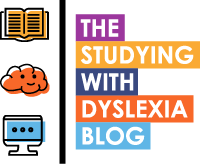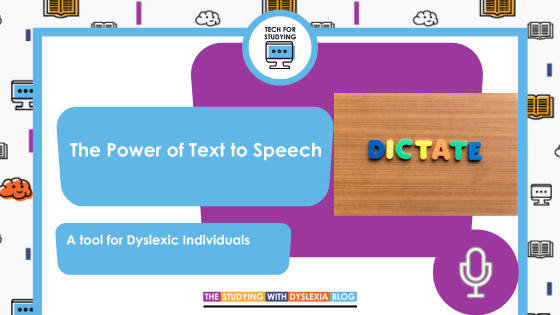When we contemplate dyslexia, we inevitably consider the numerous challenges it poses in the realms of spelling, writing, articulation, and the simple act of transcribing thoughts onto paper. These difficulties can often lead to frustration, anxiety, discomfort, and a significant blow to one's self-esteem.
As an adult who grapples with severe dyslexia, I've encountered these challenges on a daily, monthly, and weekly basis. However, I've also discovered the remarkable potential of assistive technology, which has proven to be a lifeline for me. Specifically, harnessing the power of a specific tool like speech-to-text has the remarkable ability to dismantle these barriers.
Speech-to-text is a concept that involves verbalising your thoughts, and through the magic of software or technology, your spoken language is effortlessly transformed into written text. This technology has been in existence for many years, with its underlying concept dating back even further. In fact, today, we might employ this technology unwittingly when using telephone systems or interacting with our smart speakers. The ability to verbalize our thoughts and see them translated onto paper is undeniably revolutionary and inspiring, as it empowers individuals to accomplish more than they ever thought possible.
For me, dictation has been nothing short of life-changing. It enables me to bring the ideas that constantly swirl within my mind to life each day. It allows me to respond to emails with greater speed and efficiency, and I can even dictate text messages on my phone. Most importantly, it provides me with the means to transcribe the wealth of information inside my head onto paper whenever the need arises.
In the realm of dictation or speech-to-text, we encounter various types, with the two primary categories being cloud-based and locally installed resources. A locally installed resource, which typically involves software that you've either purchased or downloaded onto your computer, leverages the processing power of your machine to convert spoken language into text. This approach has the advantage of adapting to your voice, not relying on the internet for data, but it can be resource-intensive, potentially making your computer slower and less responsive when such software is active.
On the other hand, cloud-based dictation, bolstered by the might of artificial intelligence and machine learning, has ushered in a new era of rapid and powerful speech-to-text conversion. The proliferation of high-speed internet has enabled servers to handle the complex task of transcribing speech into text, and this technology can be found in everyday devices like smart speakers. Numerous technology providers have seamlessly integrated this functionality into their devices and operating systems.
In my own experience, I've harnessed the benefits of both these technologies, but I currently find cloud-based solutions better suited to my workflow. These technologies are seamlessly integrated into my email systems and everyday devices, enhancing my ability to communicate and collaborate effectively.
The power and this tool of assistive technology and the remarkable capabilities of speech-to-text tools can be truly life-changing for individuals with dyslexia. They open doors to improved communication, productivity, and overall well-being, offering a brighter and more inclusive future for those who struggle with dyslexia.

